Which Herbal Tea Has The Most Caffeine? Tea is among the most famous drinks across the world after water. That’s because of its high content of caffeine. Whether you want to begin your day with a quick mug of tea or need a surge of energy to get you through class lectures or long stressful days, drinking tea can be a terrific alternative to espresso or fizzy drinks while still providing a welcome caffeine boost tea.
What are the most caffeinated teas? Here are some of our favorite high-caffeine teas:
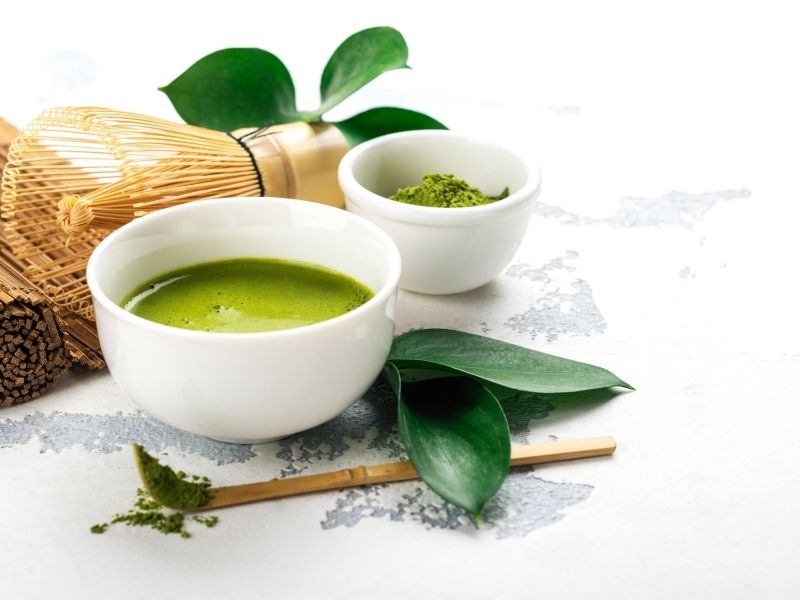
1. Matcha
Matcha comes in a powdered form. It’s a green tea created primarily in Japan from stone-ground tea leaves. Also, matcha contains a lot of caffeine for a variety of reasons. For one thing, once you drink matcha, you’re drinking entire tea leaves rather than a diluted infusion like you would with a cup of tea. That means you’re getting a concentrated amount of antioxidants, l-theanine, and caffeine, and other beneficial chemicals found in tea. Matcha is made by shading tea plants for several weeks before harvesting, which boosts the caffeine level.
2. Black tea
The caffeine content in black tea is also high. Many hearty breakfast blends, such as English and Irish Breakfast, are made with Indian black teas that have higher caffeine content. Caffeine content can get increased by roughly chopping black tea blends into broken tea leaves. Finally, black teas are typically made with hotter water and steeped for long periods, both of which might result in a cup of tea with high caffeine content.
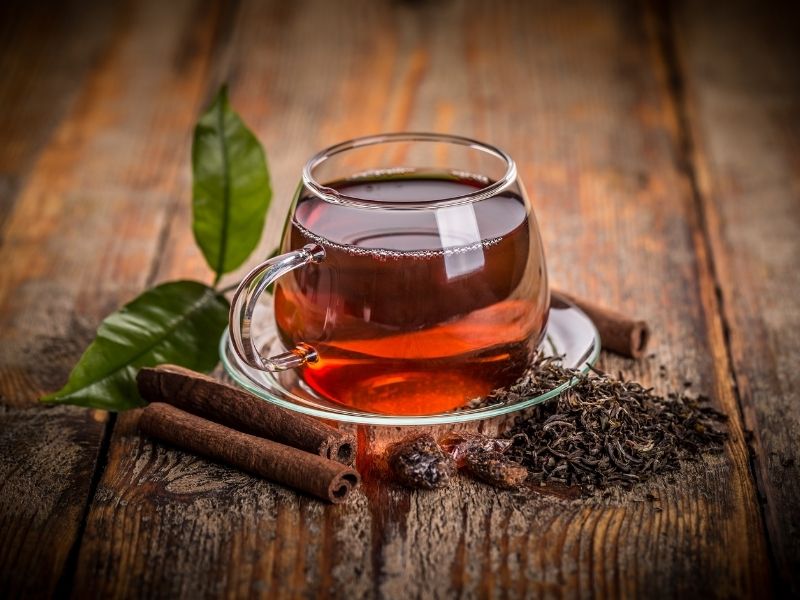
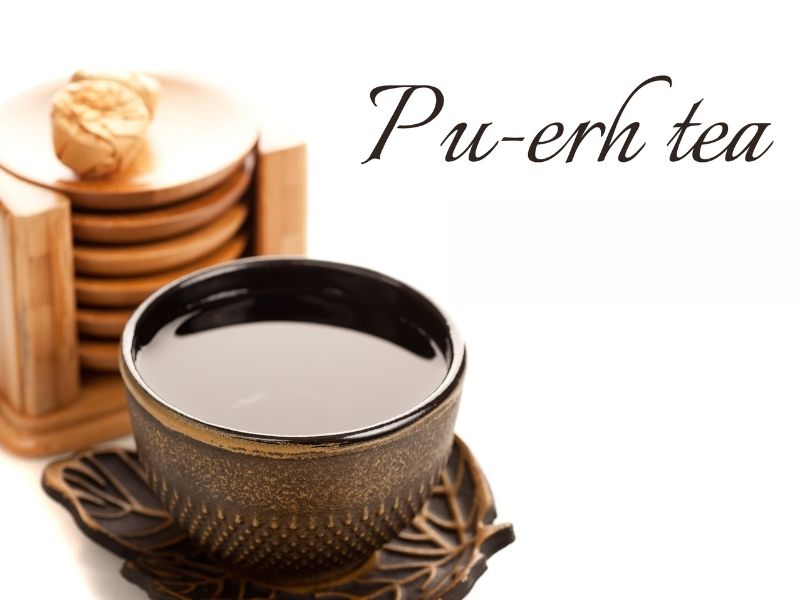
3. Pu-erh Tea
Pu-erh teas are a type of aged tea that is popular in China. These teas have an earthy, rich flavor, boil up inky black, and have high caffeine content. Pu-erh teas, like black teas, are frequently made with hot water and steeped for long periods, resulting in a more strongly caffeinated cup of tea. The caffeine content of ripe pu-erh fermented with a wet-pile method is higher than raw pu-erh fermented with traditional methods.
4. Mate
Although yerba mate contains caffeine, it is unrelated to the tea plant. Mate is a holly plant native to South America and popular in nations like Chile and Argentina. Mate has significant caffeine content, with about as much caffeine per cup as coffee. You can consume mate on its own or in flavored blends such as Lively Lemony Mate and Nutty Mocha Mate.
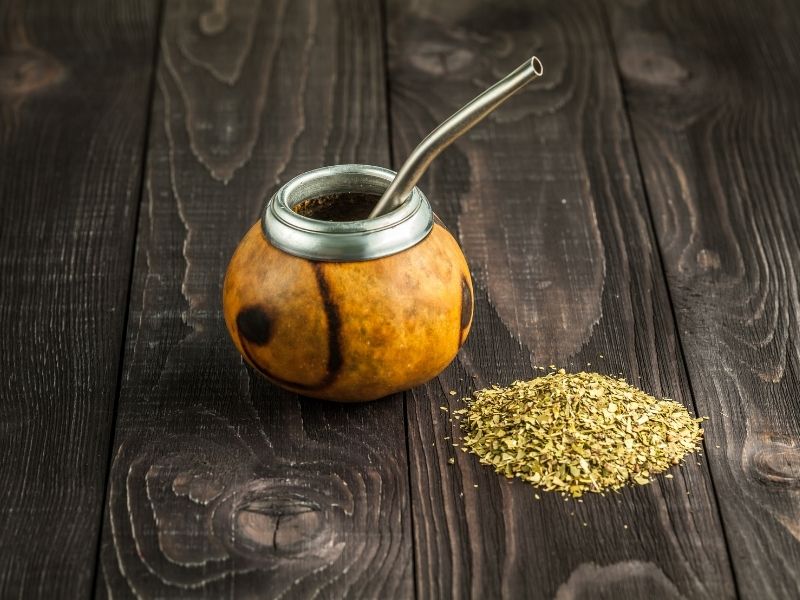
The herbal teas listed above have high caffeine content. In fact, all teas manufactured from the camellia Sinensis plant consist of caffeine in some form. Caffeine content is highest in Pu-erh and black teas, followed by purple teas, white teas, oolong teas, and green teas. However, the concentration of caffeine inside a brewed teacup gets influenced by multiple factors, even teas belonging to the same category may have varying caffeine levels.

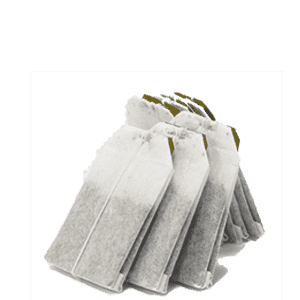 Herbal Tea Bags
Herbal Tea Bags Premium Dried Fruit
Premium Dried Fruit